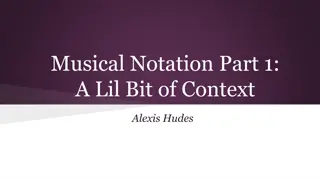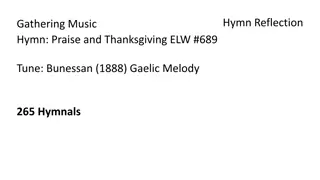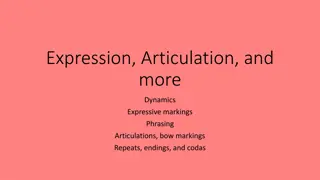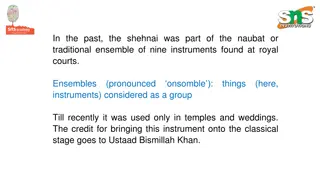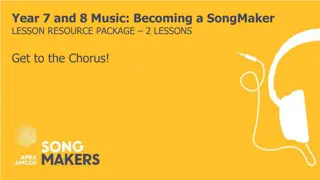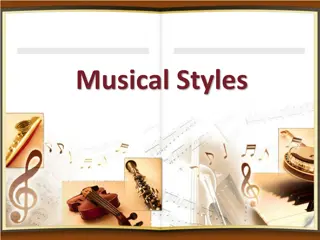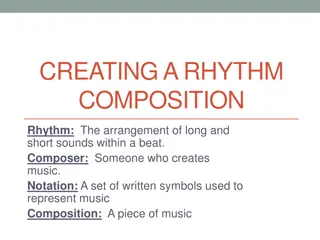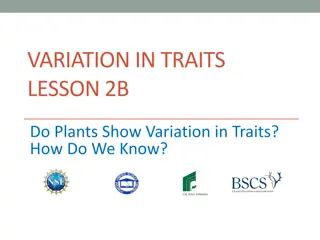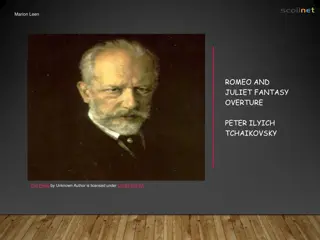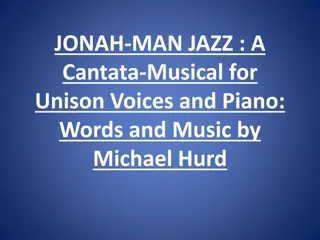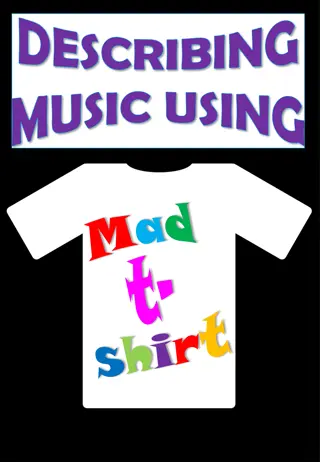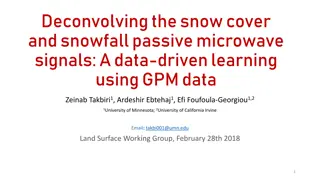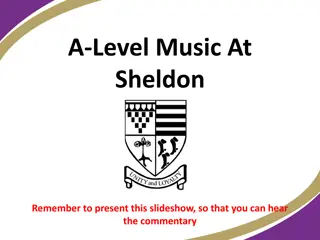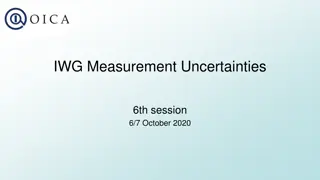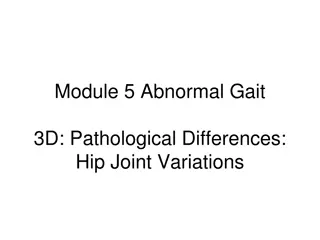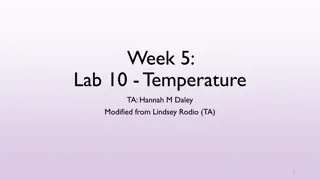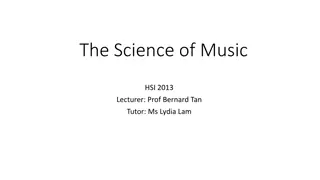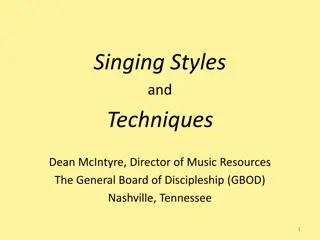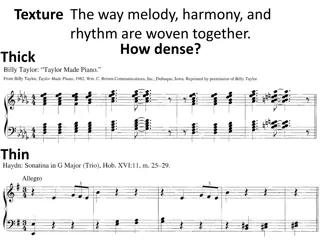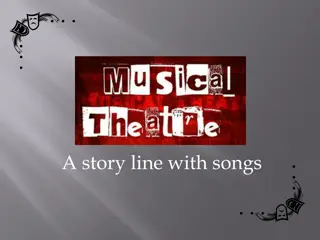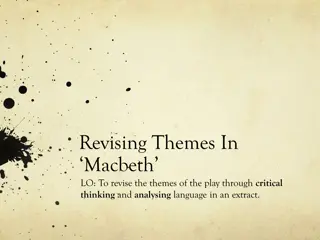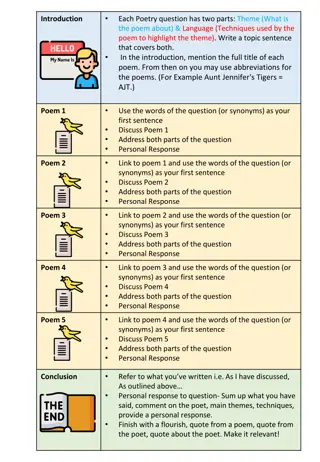Exploring Musical Themes and Variations in Composition
This music curriculum delves into the concept of themes and variations, guiding students through composing music with originality and skill. By studying familiar pieces and learning to manipulate melodies, students develop creative thinking and compositional techniques essential for GCSE music exams and beyond. Through formative assessments and final performances, students will showcase their ability to innovate and express musical ideas effectively.
Download Presentation

Please find below an Image/Link to download the presentation.
The content on the website is provided AS IS for your information and personal use only. It may not be sold, licensed, or shared on other websites without obtaining consent from the author. Download presentation by click this link. If you encounter any issues during the download, it is possible that the publisher has removed the file from their server.
E N D
Presentation Transcript
Y8 Theme and Variation Name: ____________________ Teacher:___________________ 1
Contents Page Contents .. .2 100% Sheet .3 Icons .4 Overview ..5 Glossary .6 Elements of Music Overview ..7 Retrieval Activities 8-13 Homework Activities .14 Whole Class Feedback .15 Appendix A ..16 Additional Space ..17-20 2
Icons Activating prior knowledge Remember what you already know about a topic before you start to learn something new, to help build connections in your long- term memory. Retrieval practice Quizzing, recall and memory activities to slow down the rate of forgetting! New knowledge Learn something new through reading, teacher explanation, diagrams, listening to or watching something. Processing knowledge Do something with your new knowledge to help you understand it better. Guided practice Work collaboratively with your teacher as you strengthen new skills. Independent practice Using your knowledge and understanding to complete a piece of quality work independently. Reflect and respond Thinking about what you have learned, what went well and what you could improve next time.
Topic Overview: The Elements of Music What is this topic about? This topic is designed to introduce students to the topic of themes and strategies to develop these musical ideas. You will study a short piece of familiar music then, over the weeks, learn to alter and develop the music using melodic variations. Link to the GCSE: During GCSE students will compose two pieces of music which will require using these compositional techniques to ensure that enough variation, skill level and originality is shown in your work. Why is this topic important? To develop a composition is a vital skill for a composer as it allows one to explore original ideas past the basics of composition required for professional practice. It gives the person a working knowledge on compositional processes, which will provide insight into all manner of creative avenues in all walks of life. How will you be assessed in this topic? You will be assessed with formative assessment points throughout your composition. You will also be assessed with a summative final performance. 5
Glossary Word A collection of ordered pitched sounds Melody A collection of ordered pitched sounds Articulation The various ways you can play a note e.g. smoothly, sharply Dynamics The volume of the sound Tempo The speed of the music Inversion Playing the melody upside down or backwards Pedal/Drone A repeated/held note on a fixed pitch Augmentation (augment) To lengthen the rhythmic value by double the original value Diminution (diminish) To shorten the rhythmic value by half of the original value Rhythm A pattern of sound of different lengths Pitch How high or low a sound is perceived Duration The length of a note Variation An altered version of an original musical idea Ornament Decorating notes with various notation and musical techniques 6
H Y T H M E L O D Y R T I C U L A T I O N E X T U R E N S T R U M E N T S Y N A M I C S E M P O A R M O N Y T R U C T U R E & & M E T R E T O N A L I T Y & T I M B R E
Do Now: Brain Dump all the ways to vary a melody you can remember and define them Variations 8
Do Now: Brain Dump all the ways to vary a melody you can remember and define them Variations 9
Do Now: Test your knowledge on variations and elements of music 1) What s the term for when you play a melody backwards as a variation? _____________________________ 2) What is a drone? _____________________________ 3) What does Tempo mean? _____________________________ 4) What are Dynamics? _____________________________ 10
Do Now: Test your knowledge on variations and elements of music 1) Give one way you could change the dynamics for a variation? _____________________________ 2) What is a pedal? _____________________________ 3) What does Melody mean? _____________________________ 4) What are ornaments in music? _____________________________ 11
Do Now: Brain Dump all you can remember about theme and variation and define each term Theme and Variations 12
Do Now: Draw a picture in the colour coded boxes to represent the different Elements of music that start with each colour coded letter of MAD TSHIRT THE ELEMENTS OF MUSIC
Homework: create a fact file/poster on the different variation techniques you can change a theme by Stick Fact File here
Whole class feedback response: I performed well in I know this because .. I need to improve .. I will do this by The benefit to me of this would be .
Appendix A: Frere Jacques Name the Notes Write the letters of the notes above or below each note in the white space under or above the 5 lined stave: C Example: Try the Harder Level 16
Additional Space ............................ . ............................ . ............................ . ............................ . ............................ . ............................ . ............................ . ............................ . ............................ . ............................ . 17
........................................................ . ............................ . ............................ . ............................ . ............................ . ............................ . ............................ . ............................ . ............................ . ............................ . 18
........................................................ . ............................ . ............................ . ............................ . ............................ . ............................ . ............................ . ............................ . ............................ . ............................ . 19
........................................................ . ............................ . ............................ . ............................ . ............................ . ............................ . ............................ . ............................ . ............................ . ............................ . 20


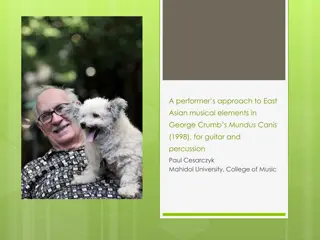
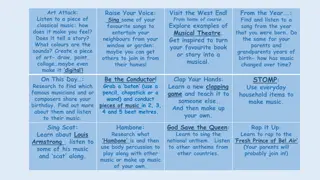
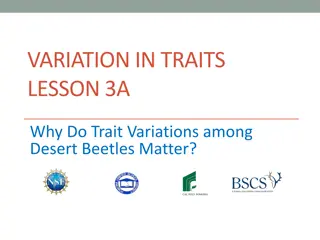

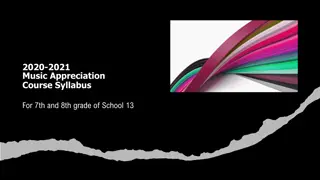
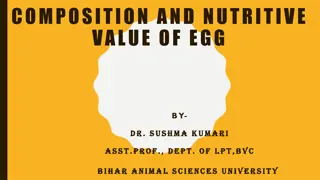
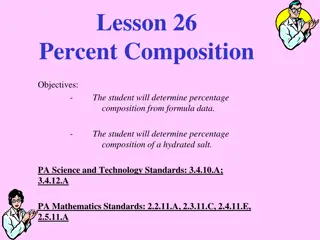
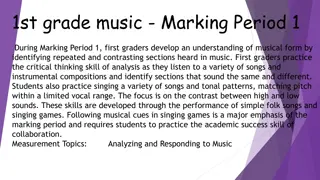
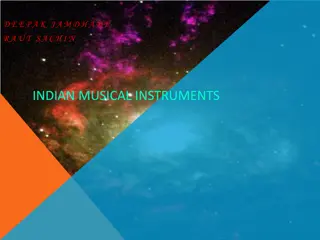
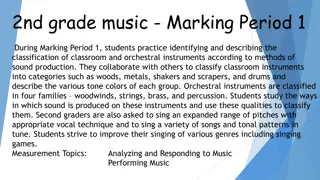
![Importance of Rock v. MWB [2018] UKSC 24 as Explained by Lord Sumption](/thumb/193348/importance-of-rock-v-mwb-2018-uksc-24-as-explained-by-lord-sumption.jpg)

